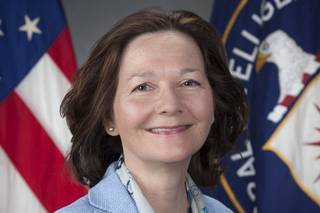| Democracy Dies in Darkness
|
|
|
|
| The truth behind the rhetoric |
The holes in Trump’s speech on the Iran nuclear deal
President Trump made a forceful case for pulling out of the Iran nuclear deal, describing it as dangerous and ineffective. But the reasons he gave to support his decision did not quite add up. For example, the president accused Iran of pursuing nuclear research not for peaceful purposes, as it has pledged, but as a cover to gain the knowledge needed to build nuclear weapons.
But Trump left out key information that undercuts his argument. Iran has committed to never develop nuclear weapons, and the Trump administration itself certified in 2017 that the country was meeting the terms of the nuclear accord, formally known as the Joint Comprehensive Plan of Action (JCPOA). Trump cited a new cache of documents obtained by Israel as “definitive proof” that Iran harbored ill intentions. But experts said Israel revealed nothing new, since the documents mostly covered the pre-2003 period, when Iran already was known to have pursued nuclear weapons ambitions.
We looked at six claims from Trump’s speech on May 8 announcing his decision to withdraw from the JCPOA. While we didn’t offer a Pinocchio rating, it’s clear the president was mostly on the mark with some of his statements and left out crucial information in others.
|
 |
A hard look at Gina Haspel and the torture videotapes
A key issue in Gina Haspel’s nomination to be CIA director is her role in the agency’s 2005 destruction of videotapes documenting interrogation sessions with al-Qaeda detainees using brutal techniques, including waterboarding. In preparation for her hearing, the CIA declassified a 2011 internal disciplinary review, written by then-deputy CIA director Michael Morell, that Haspel and her allies have said exonerated her.
An account by John Rizzo, then the CIA’s acting general counsel, and a memoir by Jose Rodriguez, who was Haspel’s boss at the time, suggest a more substantial role for Haspel in this matter, though Morell said in his report that he had reviewed both books. Haspel was one of “the staunchest advocates inside the building for destroying the tapes,” someone who “would raise the subject almost every week,” Rizzo noted.
Haspel says Rodriguez took it upon himself to give the order to destroy the videotapes, and that she only drafted a cable. But a full review of her involvement in the tapes’ destruction suggests there’s more here than what Morell discussed in his report.








Comments
Post a Comment